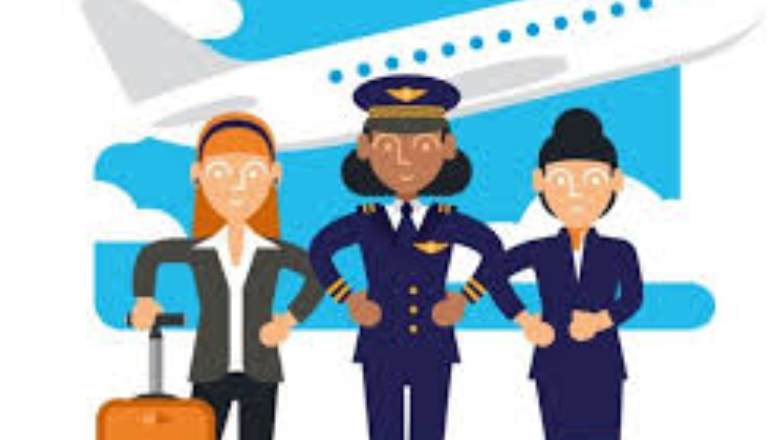By 2025, the percentage of women representing the Indian aviation sector will increase to 25 percent.
Currently, women hold 5-14 percent of various roles, with the highest representation among pilots at 14%.
The Director General of Civil Aviation (DGCA) has recommended several measures to monitor and improve gender diversity.
It has issued a circular urging airlines and airports to increase women representation in the sector to 25% by 2025.
The circular suggests steps for the aviation community to ensure equal representation in the hiring process.
It signifies the importance of celebrating female role models, and promoting gender equality. It recommends inclusive workplace culture, leadership programs, tackling stereotypes, and promoting work-life balance to support female employees and create future female leaders.
The DGCA advisory recommends a zero-tolerance policy against sexual harassment, diversity objectives, and HR policies.
It also advises airlines to implement maternity leave laws, develop policies for hiring back women, conduct training programs, analyze exit interviews, and organize awareness-raising sessions to reduce gender bias.
It must be noted that the International Air Transport Association (IATA) has called for greater representation of women in the aviation industry, aligning with the International Civil Aviation Organisation’s (ICAO) vision of gender equality.

